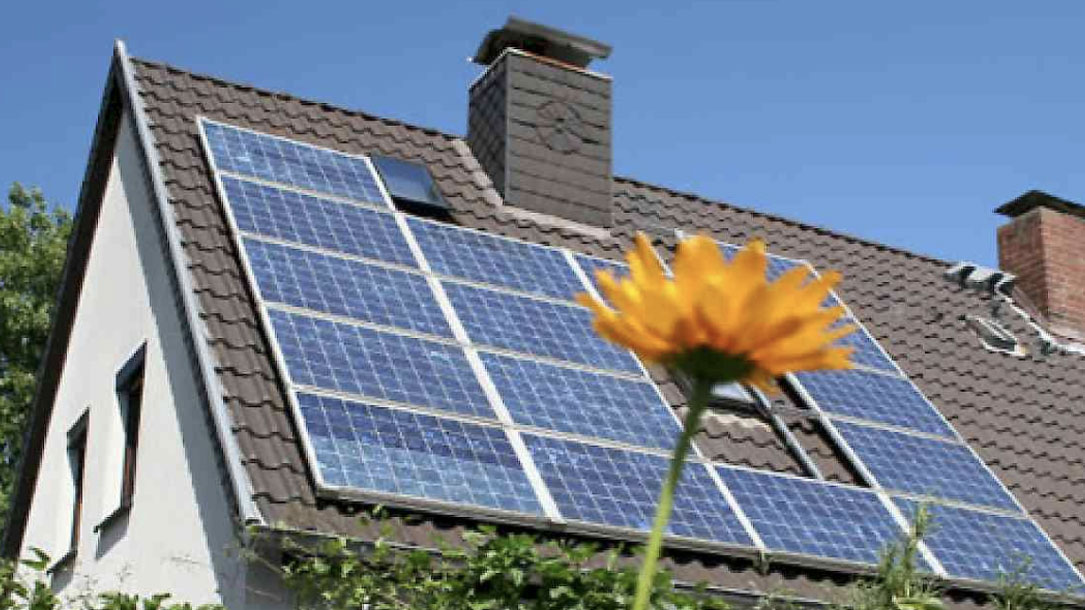
Moving forward, going solar
If this is the year you finally want to go solar, give Mendocino Solar Service a call. Not only will they be happy to answer all of your questions and set up a free on site consultation, but if you mention the Mendocino Land Trust, Mendocino Solar will make a $500 donation to MLT upon the completed installation of your 3 kW or larger solar photovoltaic system! What could be better?…

Climate change and care
Rising sea-level? Weird weather patterns of droughts and flooding? Violent storms? Is it true that large portions of the Antarctic ice shelves are collapsing into the ocean? Are glaciers really melting at an unprecedented rate? Even if true, there’s little we can do about such global phenomena, right?
These changes, associated with the heating of the earth’s atmosphere through the burning of fossil fuels, are really happening. Climate change is real. And the Mendocino Land Trust takes exception to the idea that little can be done in the face of climate change…

Forests are important in the fight against the climate crisisForests are important in the fight against the climate crisis
“Congress should pass a suite of policies that enhance the carbon storage and biodiversity of our forests.
Audubon’s own science shows that climate change is the greatest threat to North American birds, with two-thirds of species vulnerable to extinction if carbon emissions continue at their current pace. Birds that rely on boreal and western forests are at especially high risk. However, if we keep warming below 1.5 degrees C—which would require reaching net-zero greenhouse gas emissions by 2050—we can improve the outcomes for 76 percent of those imperiled birds. While reaching this target will require decarbonization across our electric, transportation, and industrial sectors, we can also implement policies that help our working lands be part of the climate solution…”
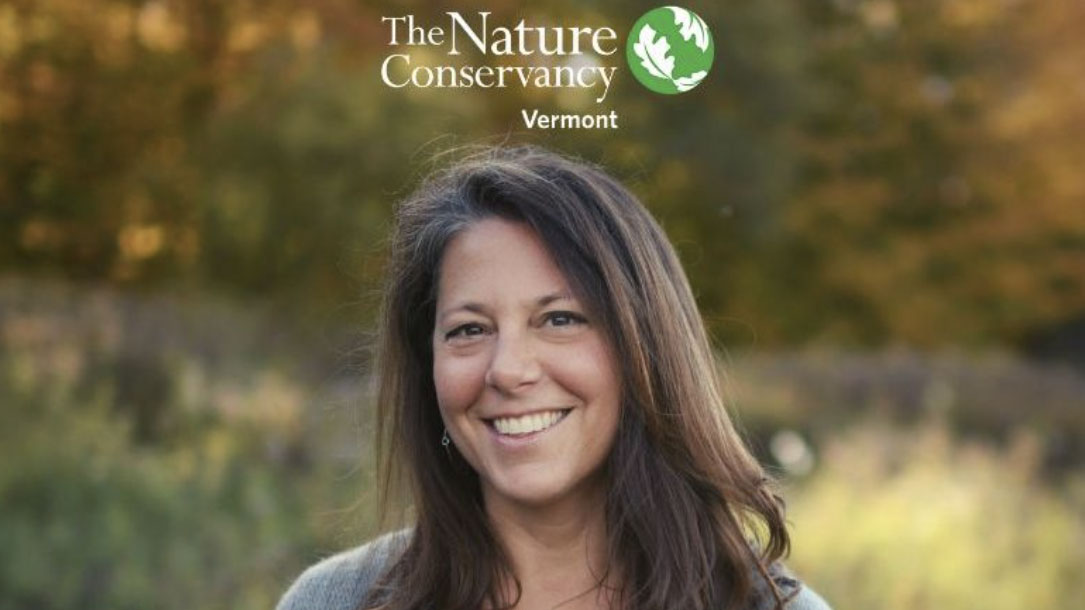
Weekly Planet: Nature is heart of our recovery
If you’ve had a long relationship with nature, you may wonder “am I seeing fewer fireflies, butterflies, and birds than when I was a kid?” Sadly, the answer is “yes.” Since 1970, butterfly populations have plummeted 35%, amphibian populations have declined by 30% and bird populations have decreased by 29% equating to three billion fewer birds since the year I was born. While these facts are sobering, the good news is that conservation action has solutions. As wildlife populations have been spiraling downward, wetland bird populations have been increasing.
Why? Because tens of millions of dollars have been invested in the protection and restoration of our nation’s wetlands, the same wetlands that help filter and clean our waters, store carbon, and absorb floodwaters—by and large, making our communities healthier and safer…
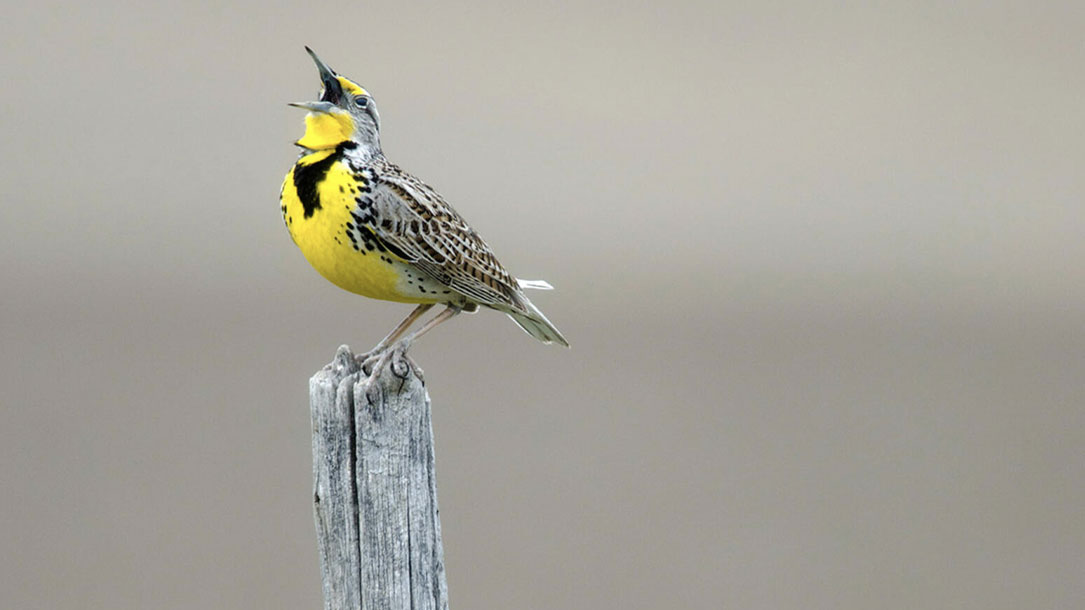
Innovative bill would promote regenerative ranching in California
The program would encourage regenerative agricultural practices similar to those promoted by Audubon’s Conservation Ranching initiative (ACR). The program partners with ranchers to adopt techniques including rotation of pastureland and limited use of feeds other than grass itself. The practices allow a variety of native grasses, with their extensive root systems (a potent carbon sink), to grow and thrive by allowing grasslands to rest and recover.
That, in turn, provides habitat for imperiled grassland birds, whose numbers have declined by 50 percent over the past 100 years. In return, ranchers participating in ACR can brand their meat with Audubon’s “Grazed on bird-friendly land” seal, earning up to $2 per pound more for their premium, grass-fed products…
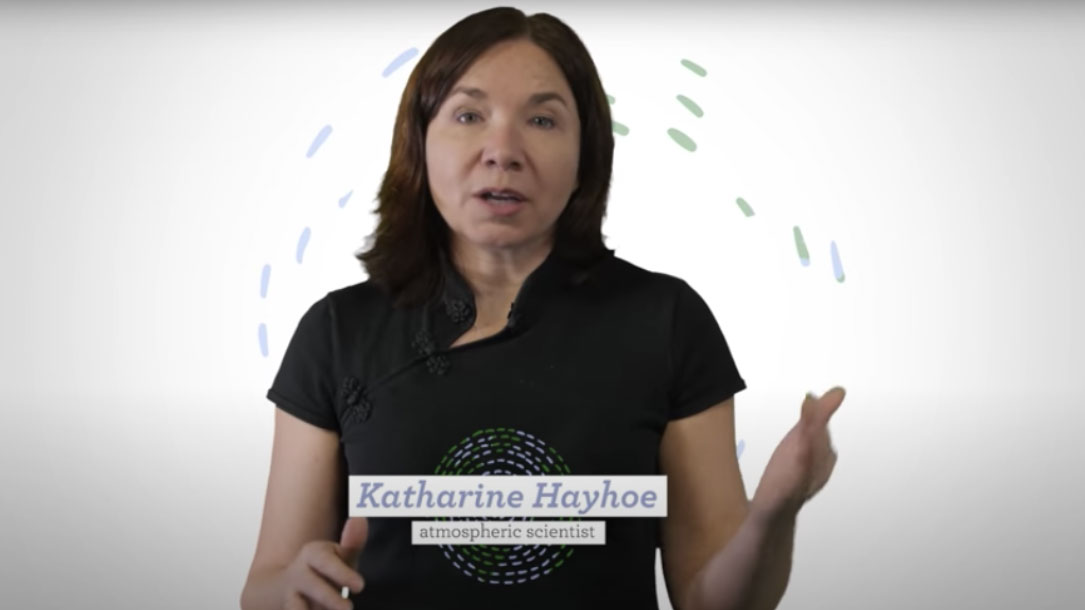
What’s the big deal with a few degrees?
Are you looking for trusted, interesting, and accessible videos to share about climate change? Timely, thoughtful, and non-technical information is critical.
I recommend Katharine Hayhoe’s Global Weirding videos. Katharine is one of the world’s most respected climate scientists. She lives in Texas and has a strong connection with the evangelical community. Why do I mention that? Because in the U.S., the evangelical community can be anti-climate change. She does a terrific job of explaining climate change and its impacts.
In this one, “What’s the Big Deal with a Few Degrees,” you could post and then add some “pre-text,” connecting the dots to a climate solution.
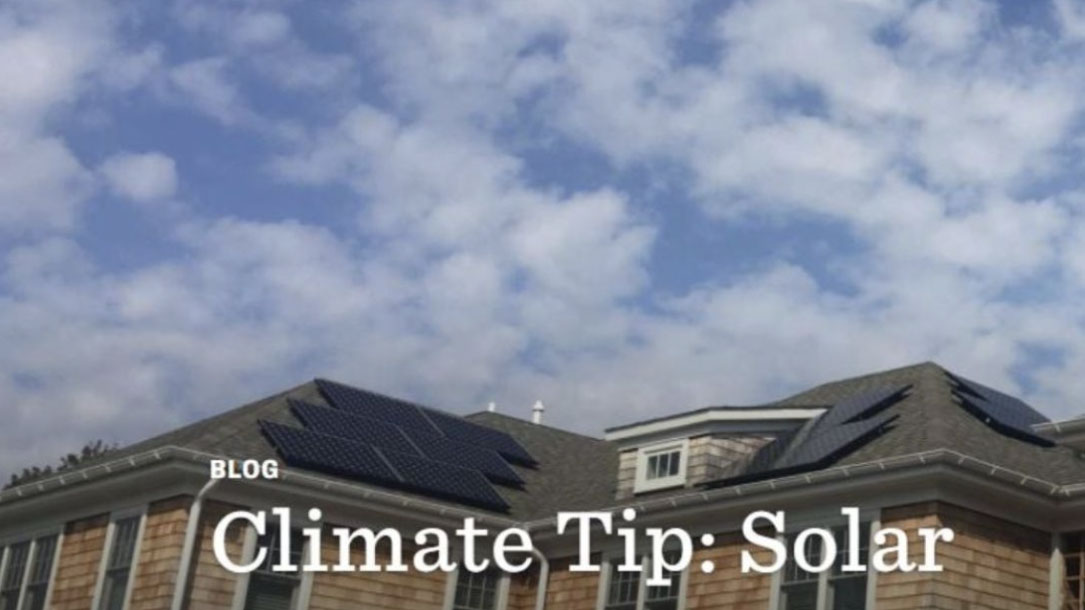
Climate tip: solar
[Recently, the Peconic Land Trust] celebrated National Cut Your Energy Cost Day with a look at our own energy costs. The Peconic Land Trust has been working to cut its energy costs through the use of solar panels—which is both economically and environmentally friendly. The net cost of solar is significantly lower than the current cost of utility power on Long Island, $0.09/ kWH to $0.21/ kWh respectively.
During the renovation of the Southampton office building in 2017, 32 solar panels were installed on the roof by GreenLogic. Since then, the panels have produced over 45,000 kWh of energy at a savings of more than $10,000! Power on Long Island comes from a combination of sources including coal and natural gas…

Building more resilient human and natural communities
Stronger storms, increased rainfall, and periodic droughts are all part of our new normal. Conservation Trust for North Carolina is rising to the challenge our changing climate brings by partnering with affected communities to identify ways that healthy lands can better support and protect people. Including land conservation in larger plans for reducing the carbon output of our state and lessening impacts to communities, we can build a resilient North Carolina.
Conserving land for climate resilience is a top priority for all North Carolinians. Informed by climate science data, we know that taking steps to protect highly resilient property along the Blue Ridge Parkway is valuable to communities long into the future, even as natural areas, wildlife habitat and species change in response to the climate. We are ready to take this purposeful approach….

How to Solar Now
Land trusts are realizing that they must support renewable energy if we are going to have a chance at saving the plants, animals, and communities from the worst of climate change.
This web-based interactive tool combines mapped information with education and guidance to help your community proactively plan for smart solar energy development. Using Geographic Information System (GIS) mapping layers, the tool identifies communities’ natural resources—such as forests, agricultural lands, and wetlands—and overlays them with important characteristics for solar development, such as gentle slopes and distance to transmission lines. It enables communities considering planning and zoning for future solar development, evaluating proposals by developers or identifying preferred sites for solar to make smart decisions that bring clean energy to residents while minimizing impacts to natural and community assets…

Climate ‘champion’ Katharine Hayhoe joins Nature Conservancy as chief scientist
“Katharine Hayhoe, a climate scientist at Texas Tech University and prominent climate communicator, is joining the Nature Conservancy as its next chief scientist, the organization announced Monday.
Hayhoe will be stepping down as co-director of her university’s climate center but will still hold an academic appointment while being involved with the environmental group, where she will play a leading role in its global climate advocacy and adaptation work. Her scientific research has long focused on adaptation and resiliency, two priority areas for the Nature Conservancy…”












